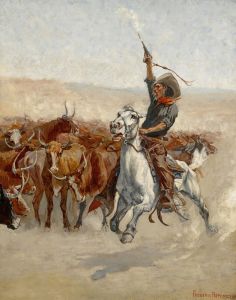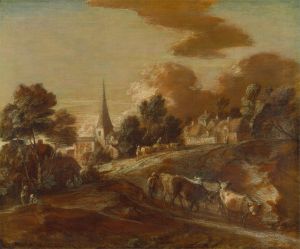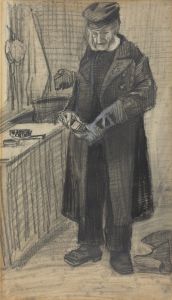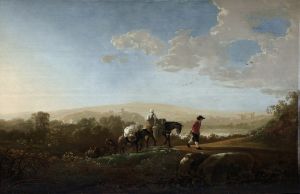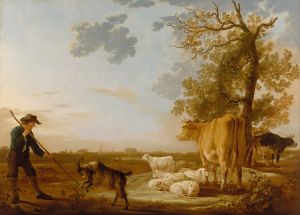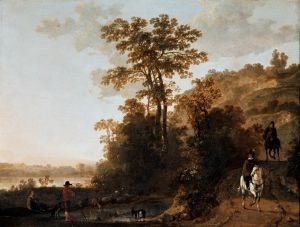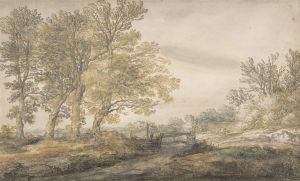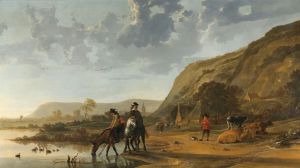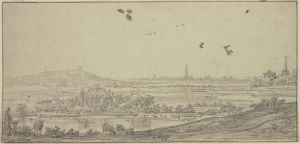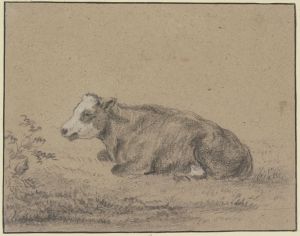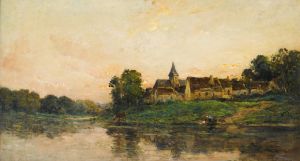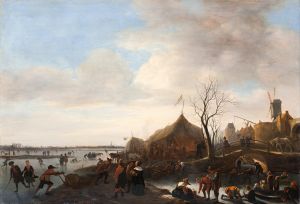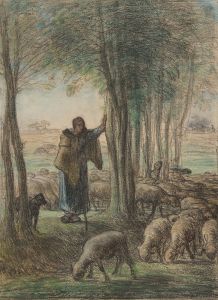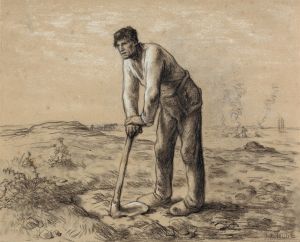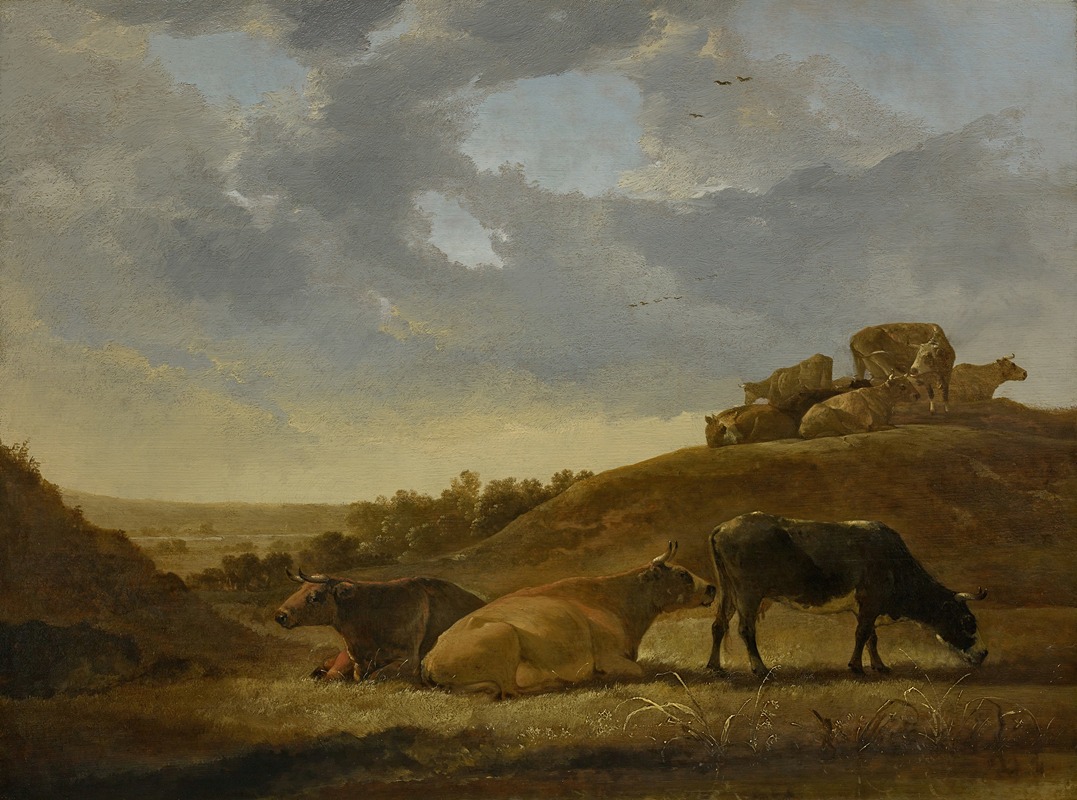
Cattle in a Dutch Arcadian Landscape
A hand-painted replica of Aelbert Cuyp’s masterpiece Cattle in a Dutch Arcadian Landscape, meticulously crafted by professional artists to capture the true essence of the original. Each piece is created with museum-quality canvas and rare mineral pigments, carefully painted by experienced artists with delicate brushstrokes and rich, layered colors to perfectly recreate the texture of the original artwork. Unlike machine-printed reproductions, this hand-painted version brings the painting to life, infused with the artist’s emotions and skill in every stroke. Whether for personal collection or home decoration, it instantly elevates the artistic atmosphere of any space.
Aelbert Cuyp, a prominent Dutch landscape painter of the 17th century, is celebrated for his serene and luminous depictions of the Dutch countryside. One of his notable works, "Cattle in a Dutch Arcadian Landscape," exemplifies his mastery in capturing the tranquil beauty of rural life. This painting is a quintessential example of Cuyp's ability to blend naturalistic detail with an idealized vision of the pastoral landscape.
Born in Dordrecht in 1620, Cuyp was part of a family of artists, with his father, Jacob Gerritsz Cuyp, being a well-known portrait painter. Aelbert Cuyp's work is often associated with the Dutch Golden Age of painting, a period marked by great wealth and cultural achievement in the Netherlands. His landscapes are particularly noted for their warm, golden light and atmospheric effects, which were influenced by the Italianate style that was popular among Dutch artists of the time.
"Cattle in a Dutch Arcadian Landscape" features a serene scene where cattle are depicted grazing in a lush, expansive landscape. The painting captures the essence of the Dutch countryside, with its flat terrain and expansive skies. Cuyp's use of light is particularly striking, as he bathes the scene in a warm, golden glow that suggests either early morning or late afternoon. This use of light not only enhances the natural beauty of the scene but also imbues it with a sense of tranquility and timelessness.
Cuyp's attention to detail is evident in the careful rendering of the cattle, which are depicted with a naturalistic precision that reflects his keen observation of nature. The animals are placed in a harmonious composition that leads the viewer's eye through the landscape, creating a sense of depth and space. The distant horizon and the soft, rolling clouds add to the idyllic quality of the scene, inviting the viewer to linger and appreciate the quiet beauty of the rural setting.
The painting reflects the influence of the Italianate landscape tradition, which Cuyp and his contemporaries admired. This style is characterized by an idealized portrayal of nature, often incorporating classical elements and a harmonious balance between man and the natural world. Cuyp's work, however, remains distinctly Dutch in its subject matter and execution, capturing the unique qualities of the Dutch landscape with authenticity and affection.
Cuyp's landscapes were highly sought after during his lifetime and continue to be appreciated for their beauty and technical skill. His ability to convey the serene and pastoral qualities of the Dutch countryside has made his work enduringly popular, and "Cattle in a Dutch Arcadian Landscape" is a testament to his talent and vision. Today, Cuyp's paintings can be found in major museums and collections around the world, where they continue to be admired for their luminous beauty and serene charm.
In summary, "Cattle in a Dutch Arcadian Landscape" by Aelbert Cuyp is a masterful representation of the Dutch landscape, characterized by its warm light, naturalistic detail, and tranquil composition. It reflects both the artist's personal style and the broader artistic trends of the Dutch Golden Age, offering viewers a glimpse into the serene beauty of the 17th-century Dutch countryside.





